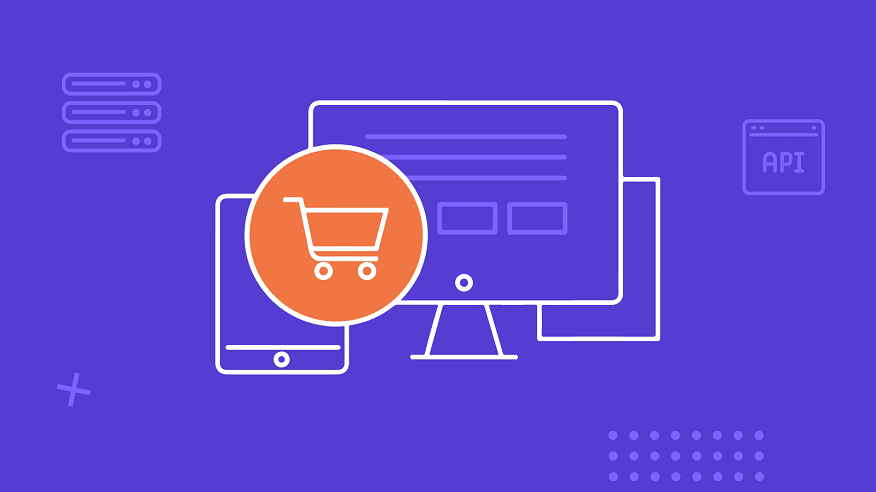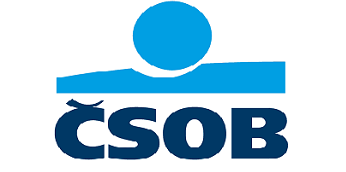
In the fast-paced world of B2B eCommerce, improving operational accuracy and efficiency is crucial. Integrating B2B eCommerce software with QuickBooks Online is one of the most effective solutions. In addition to simplifying financial management, this synergy improves the entire experience for businesses and their customers. In this thorough tutorial, we will explore QuickBooks POS eCommerce integration, describing its advantages, crucial processes, integration strategies, and best practices.
Introduction to QuickBooks Online Integration
Understanding the Importance of Integration
Departments must work together seamlessly in the fast-paced environment of the modern business world. By bridging the gap between sales and accounting and eliminating the need for manual data entry and error-prone processes, B2B eCommerce software and QuickBooks Online can be integrated. Businesses may concentrate on growth rather than dreadful administrative work thanks to this comprehensive approach.
Benefits of QuickBooks Integration for B2B Ecommerce
There are many benefits to integrating QuickBooks with B2B eCommerce:
- Streamlining order management with synced sales orders and customer data achieves a quicker order processing cycle.
- Accurate inventory tracking shields organizations from stock inconsistencies and provides them with up-to-the-minute inventory data.
- Automating accounting procedures such as invoicing and reconciliation results in precise financial records and wiser financial judgments.
- Integration eliminates the need for manual data entry, which lowers errors and frees up time that can be used for key business initiatives.
Key Steps for QuickBooks Online Integration
Step 1: Choosing the Right Ecommerce Platform
Choose an eCommerce system that works well with QuickBooks Online. Popular systems such as Shopify, WooCommerce, and Magento provide tools and plugins that make integration easier.
Step 2: Setting Up Your QuickBooks Online Account
Activate your QuickBooks Online account if you don’t already have one. Set up your chart of accounts, tax settings, and financial choices to correspond with your company’s requirements.
Step 3: Selecting the Integration Method
Select an integration strategy based on your level of technical expertise and organizational needs. Custom integration, plugin-based integration, and API integration are available options.
Step 4: Installing and Configuring Integration Plugins
To install and set up integration plugins or tools according to the supplied instructions. To ensure seamless data access between systems, grant the required permissions.
Step 5: Mapping Data and Customizing Settings
Create an accurate data field mapping between your eCommerce platform and QuickBooks Online for items like products, customers, orders, and taxes.
Integration Methods Explained
API Integration: How It Works and Why It’s Preferred
A top choice for system-to-system real-time data transfer to ensure accuracy and reduce delays.
Plugin-based Integration: Pros and Cons
User-friendly solutions with built-in functionality are available with plugin-based integration. Custom Integration: Tailoring Integration to Your Needs
Custom integration necessitates technical know-how and resources for development and maintenance.
Preparing Your E-commerce Store for Integration
Cleaning and Organizing Your Data
Clean and organize your data to ensure smooth data migration and accurate synchronization.
Updating Product Information and Pricing
Update product details, descriptions, pricing, and images for platform consistency.
Ensuring Consistent Tax and Shipping Settings
Align tax rates, shipping methods, and other settings between your eCommerce platform and QuickBooks Online.
Selecting the Right Integration Plugins or Tools
Reviewing Popular Integration Plugins
Research and review popular integration plugins or tools available for your chosen eCommerce platform.
Considering Compatibility and Customer Reviews
Ensure the selected integration solution is compatible with your systems and has positive customer reviews.
Evaluating Costs and Support Options
Evaluate the costs of integrating and maintaining the chosen solution and the available customer support options.
Step-by-Step Integration Process
Installing the Chosen Plugin
Install the selected plugin or tool according to the provided instructions.
Connecting Your Ecommerce Store to QuickBooks Online
Establish a connection between your eCommerce store and QuickBooks Online.
Mapping Data Fields for Synchronization
Map relevant data fields between the two systems to ensure accurate data synchronization.
Testing the Integration with Sample Transactions
Conduct test transactions to ensure seamless data exchange and troubleshoot any issues.
Troubleshooting and Common Challenges
Data Synchronization Errors and Solutions
Address data synchronization errors promptly by checking mappings and permissions.
Handling Inventory Discrepancies
Resolving inventory discrepancies by investigating data flow and updating stock records.
Addressing Currency Conversion Issues
Manage currency conversion challenges through accurate settings and data validation.
Post-Integration Best Practices
Regular Data Audits and Reconciliation
Periodically audit integrated data to identify and rectify any discrepancies.
Backing Up Data and Systematic Updates
Regularly back up integrated data and keep the systems up-to-date to prevent data loss.
Training Your Team for Efficient Usage
Train your team on the integrated processes to ensure smooth operations and effective utilization.
Scaling Up Your Ecommerce Business with Integrated QuickBooks
Managing Increased Order Volumes
Leverage the streamlined processes to manage larger order volumes efficiently.
Expanding to New Markets with Confidence
Expand your business to new markets, confident in your integrated systems’ capabilities.
Leveraging Insights for Informed Decision-making
Utilize accurate financial data for informed decision-making and strategic planning.
Empowering Your E-commerce Success with QuickBooks Integration
By following the steps, methods, and best practices outlined in this guide, businesses can unlock the power of integration and navigate the B2B eCommerce software landscape with confidence. The synergy between B2B eCommerce and QuickBooks POS eCommerce integration optimizes efficiency and propels businesses towards growth and success in a competitive market.

 How Loan Terms Differ Between Car Loans and Motorcycle Loans
How Loan Terms Differ Between Car Loans and Motorcycle Loans  Growing Small Businesses with Virtual Assistant Services
Growing Small Businesses with Virtual Assistant Services  How to Find the Right Engagement Ring Style for You at Lily Arkwright
How to Find the Right Engagement Ring Style for You at Lily Arkwright  Why Businesses Worldwide Prefer to Hire Web Developers from India
Why Businesses Worldwide Prefer to Hire Web Developers from India 

